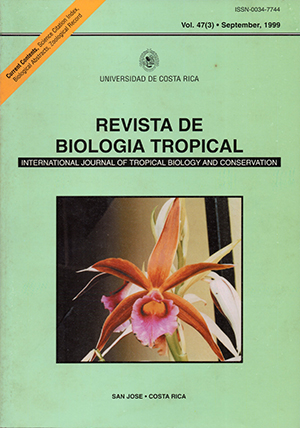Abstract
Weeds abound in urban and agricultura! environments. Depending on region and site, up to 66% of weed species are edible, and may constitute an additional food source for humans. Based on 400 samples, 1/4 m2 each, collected in tropical areas (e.g., roadsides, urban vacant lots, streets, sugar cane and coffee plantations in Coatepec, Mexico), average figures of edible fresh biomass vary between 1277 and 3582 kglha. A similar survey performed in a temperate area (739 samples in Bariloche, Argentina) showed mean values between 287 and 2939 kglha A total of 43 species were sampled in Coatepec and 32 species in Bariloche. The general means were 2.1 and 1.3 tonslha, respectively. At a greater geographic scale, a comparison between Mexican and Argentine weeds shows that, proportionately, the food parts vary a little between regions. In general, from higher to lower, the order of uses goes from leaves, seeds, roots, fruits, herbals, flowers and condiments. Edible roots (including bulbs and rhizomes) appear to be more COmInon among perennials thanamong annuals.
##plugins.facebook.comentarios##

This work is licensed under a Creative Commons Attribution 4.0 International License.
Copyright (c) 1999 Revista de Biología Tropical
Downloads
Download data is not yet available.






